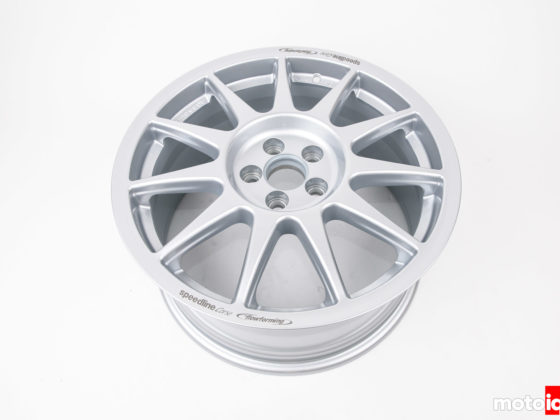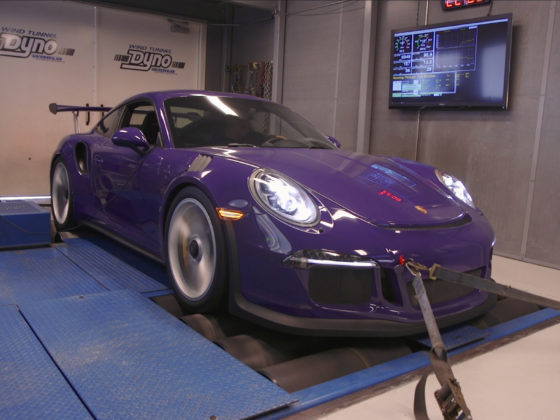
The extra GPS device attached to the windshield provided waypoints for our trip including this driver swap location.

The CX-3 has a tach front and center along with a HUD projected on a little screen. The CX-3 also has paddle shifters on the steering wheel which I used to flip down and up through the gears while winding through the hills.

By Canadian law, all the cars had to be fitted with snow tires due to the weather conditions, which was a good thing. As Pablo has shown, a good set of snow tires are a life saver.

Did I mention snow tires were important? This was just as we were getting into Whistler. The CX-3 comes with a 148-hp, 2.0L engine and our CX-3 was also equipped with i-ACTIV AWD. So, I decided to test out just how good of traction the snow tires paired with the i-ACTIV AWD could provide. I slid the shifter over to manual mode putting the car into first gear. When the light turned green, I gave it around three-quarters throttle. To my surprise, there was only a tiny bit of slip as the CX-3 accelerated across the intersection. Of note, at a previous light, I was behind an F150 that fishtailed as it tried to accelerate. Also to my surprise were people walking out in these conditions. Granted, I’ve lived predominately in Florida, Texas, and SoCal.

The CX-5s lined up in the morning ready to go. That red color is really stunning in person.




7 comments
The driving force graph makes no sense.
F=ma
Not F=m
Probably marketing person just mislabeling what should be kgf. Which I need to fix myself… will edit. Thanks for the catch.
Looking at the graph a little more closely now, looks like about 75kgf to maintain speed and 325kgf to have desired acceleration. So 250kgf is about 2450N going towards acceleration and a vehicle mass of 1750kg. Works out to about 1.4 m/s^2. 1.4 m/s = 3.13mph. So…. increase almost 10mph in 3 seconds. Seems like a reasonable acceleration rate for this passing scenario.
Thanks for the clarification.
Why Mazda didn’t take full advantage of their ‘dyanamic pressure turbo’ system by squeezing out more top end power without sacrificing low end torque and causing turbo lag?
They would have to go to a bigger turbo to get more power on the top-end. That would not allow them to meet their torque target at 2000rpm where they are focused on driveability because that’s where their users spend like 97% of their time.
Ok I see, I just wish they have a more performance orientated option as well.
Does the low end and mid range performance feel more like a big, torquey naturally aspirated engine than a typical turbocharged engine?
Funny thing about that stability control: I noticed that my 2018 Mazda MX-5 GT will quite happily do donuts, which isn’t quite possible with an open differential. Sure enough, the tail end only whips out once a light on the dashboard starts blinking: the ABS is transferring the torque to the opposite wheel, even though stability control is off, in order to facilitate irresponsible driving.
Also, since I couldn’t find it on paper anywhere: the headlamps turn to see around corners, though mine inexplicably lacks the levelling system.